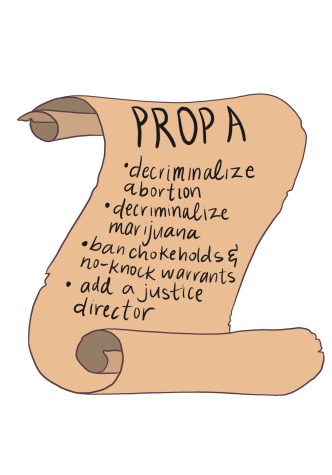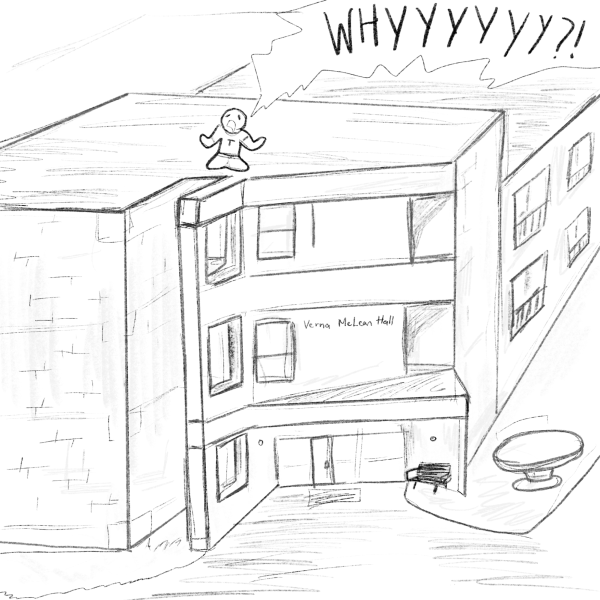The Democratic party needs ‘Never Trump conservatives’
A strong alliance between the two is long overdue
As with history, politics has a tendency to repeat itself if trendlines persist long enough. In the 1990s, it was the Blue Dogs who felt out of place in their party that began searching for a new home. Today, it’s what Tim Miller, a writer-at-large with The Bulwark, calls the “Red Dogs.” Conservative Democrats first coined the term “Blue Dog” after the Republican Revolution of 1994, when the GOP won back control of both houses of Congress for the first time in 42 years. The Blue Dogs felt as though our party had choked them blue by moving too far left. Over time, many of them, often in rural and middle America, became Republicans.
Similarly, the Red Dog Republicans of today seem to have been choked red by their party’s lurch to the extreme right. They’re the well-off, college-educated and largely white suburbanites in city metros who used to vote straight Republican but found themselves “ridin’ with Biden.” These are the voters who proudly voted for Mitt Romney in 2012, John McCain in 2008 and Dubya both times, but interestingly supported Democratic House candidates in 2018. The political migration of these “never Trump conservatives” puts the finishing touches on the longstanding trend of geographic polarization in American politics. Over the past decade, we’ve seen a rapid polarization of voting behavior by geography, and the two main parties are grappling with the effects of it respectively. Everyone can see the writing on the wall, but many in the DC elite seem unwilling to accept the reality that the two parties have finally swapped voters — whether for good or simply for the time being. Cultural conservatives in the exurbs and small towns of rural America, particularly those without a college degree, have trended Republican for years.
In 2016, Donald Trump was elected due to significant strength among these once ancestral Democrats. In places like Dubuque, Iowa and Sandusky, Ohio, these ‘Diner Democratic’ voters continued to show that they’ve had enough of the Democratic party’s embrace of cultural liberalism and progressive policies like gun control, abortion rights and immigration reform.
They come from the small diner towns frequented by profile journalists for the past four years and who voted for Bill Clinton, Jimmy Carter, LBJ and FDR.
Conversely, President Biden and the Democratic party won back a trifecta, control of both houses of Congress and the White House, with continued gains among Red Dog Republicans in the suburbs of Atlanta and Phoenix. The $50,000–99,000 income tax bracket which typically consists of the middle-class, college educated and suburban living voters who historically voted Republican — 56% for Bush in ’04, 49% for McCain in ’08, 52% for Romney in 2012 and 50% for Trump in 2016 — broke decisively for Biden 57–42%. Our very own Texas’ 21st, the congressional district which represents Trinity University, is an interesting example of this shift.
The district is 78% urban, 62% White and has a median household income of $73,472, nearly $30k above the U.S. poverty line. All of which primes it as a solid Republican district. The Cook Partisan Voting Index (PVI), a measurement of how strongly a district or state leans toward the two parties, compared to the nation as a whole, rates it as an R+10 district. And yet, Trump and Chip Roy narrowly won it 51–48% and 52–45% respectively in 2020. Georgia’s 6th, in the northern suburbs of Atlanta is another Red Dog rich district. It’s virtually 100% urban with a median household income of over $100,000 and a Cook PVI of R+8. Nonetheless, it broke with Trump and voted for Biden 55–44% and reelected Democratic Congresswoman Lucy McBath by 10 points. The trend surrounding these Red Dog Democrats coupled with large African American turnout is what led to the historic wins of Senators Warnock and Ossoff that flipped Senate control from the GOP to the Democratic party.
On the flip side, Democrats like Anthony Brindisi and Collin Petterson perished in their bids for reelection in a 43% and 64% rural district because of Republican gains among Diner Democrats. 2020 should have been a wave election year in which Democrats could have padded our House majority, but because of our losses among Diner Democrats, we lost seats and clung to a smaller majority. Of the 13 House Democrats who lost reelection to Republicans, six represented districts with large percentages of rural and white populations: Collin Peterson (MN-7), Abby Finkenauer (IA-1), Joe Cunningham (SC-1), Xochitl Torres Small (NM-2), Kendra Horn (OK-5) and Anthony Brindisi (NY-22). The other seven lost in part because not enough Red Dog Republicans were convinced to vote straight Democrat.
We’re in the midst of a protracted transformation in American politics, the electoral coalitions are changing, and the meaning of words like “liberal” and “conservative” are being redefined before our eyes. Since the Democratic party is unlikely to win back Diner Democrats in the foreseeable future, we should welcome Red Dog Democrats into the party because our future successes hinge on the suburbs. Moreover, as Republicans shed their liberal veneers, we can welcome these socially liberal, constitutional conservatives in what can be a broad alliance from which renewed American liberalism can be born — champions of democracy united against the paranoia of right-wing populists.

I'm a senior Computer Science major and a Classical Studies minor from Newton, North Carolina with a passion for art. I also work at the Center for Experiential...









